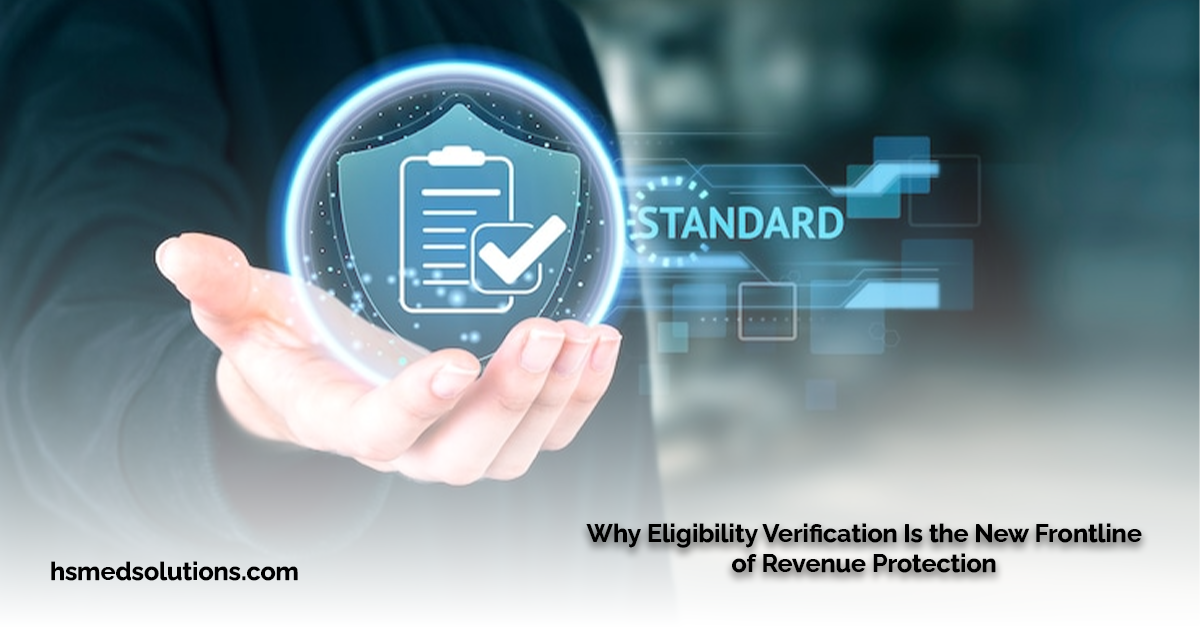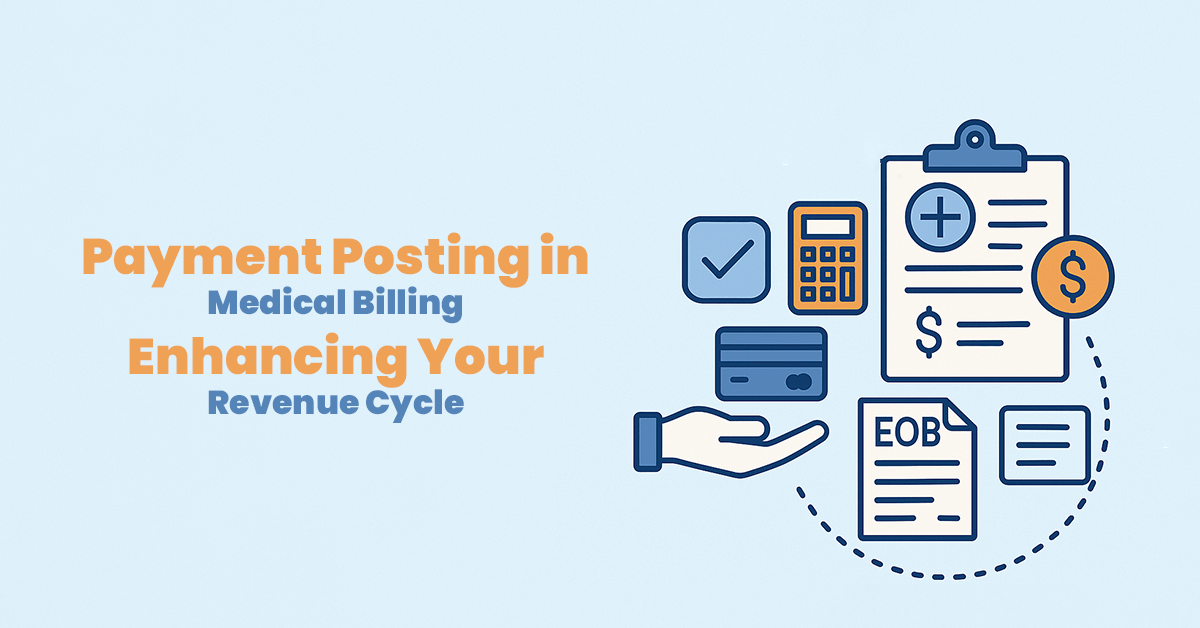The Evolution from Old to New Medical Billing Systems
Medical billing systems have undergone substantial transformations in the continuously evolving healthcare landscape. The shift from manual processes and paper-based records to automated systems and Electronic Health Records (EHRs) has revolutionized the way healthcare providers manage billing and revenue cycles. These changes not only enhance efficiency and accuracy but also improve transparency and patient experience. In this article, we will explore the key differences between old and new medical billing systems, highlighting the benefits of modern healthcare billing technology and the impact on financial performance for healthcare providers.
Importance
The modernization of medical billing systems is not just a technological upgrade; it’s a crucial step toward improving the overall healthcare delivery process. With the healthcare industry facing increasing demands for efficiency, accuracy, and cost-effectiveness, the shift from manual processes to automated systems and Electronic Health Records (EHRs) is essential. This transformation ensures faster payment cycles, reduces the likelihood of errors, and enhances regulatory compliance. Additionally, improved transparency and patient experience are pivotal in building trust and satisfaction among patients. In this article, we delve into the significance of adopting new medical billing systems, the challenges of the old methods, and the remarkable benefits that modern technology brings to healthcare providers and patients alike.
The Old Medical Billing System

The traditional medical billing system reckoned heavily on homemade processes and paper- grounded records, which posed significant challenges for healthcare providers. This antiquated approach involved a series of labor- ferocious tasks, from filling out paper forms to manually entering data into separate systems. The reliance on physical documents not only increased the liability of crimes but also made the entire billing process clumsy and time- consuming.
Key Characteristics:
- Paper-Based Records: Patient information, billing details, and medical histories were documented on paper, requiring meticulous filing and storage. This system was prone to misplacements and damage, leading to potential data loss.
- Manual Data Entry: Healthcare staff had to manually enter data into billing systems, which was a slow and error-prone process. Any mistakes could result in claim denials or delays, impacting the financial performance of healthcare providers.
- Fragmented Systems: Different aspects of patient management and billing were handled by separate systems, creating inefficiencies and communication gaps. Coordinating information between departments was challenging, often leading to inconsistencies.
- Delayed Payments: The manual nature of old medical billing systems meant that processing times were lengthy, causing delays in payments from insurance companies. This could strain the cash flow of healthcare practices.
- Limited Transparency: Tracking the status of claims and payments was difficult, with limited visibility for both providers and patients. This lack of transparency could lead to confusion and dissatisfaction among patients.
- Regulatory Challenges: Ensuring compliance with healthcare regulations and standards was more complex with manual systems. Keeping up with changes in codes and requirements added to the administrative burden.
Despite these challenges, many healthcare providers continued to use old medical billing systems due to familiarity and resistance to change. However, the inefficiencies and risks associated with these outdated methods highlighted the need for a more streamlined and effective solution.
The New Medical Billing System
The advent of new medical billing systems has revolutionized the healthcare industry by addressing the inefficiencies and challenges of traditional methods. Leveraging advancements in technology, these modern systems offer a range of benefits that enhance accuracy, efficiency, and transparency in the billing process.

Key Characteristics:
- Electronic Health Records (EHRs): Modern medical billing systems integrate with EHRs, allowing for seamless access to patient records and billing information. This integration reduces the need for redundant data entry and minimizes errors.
- Automated Processes: Automation plays a critical role in new billing systems. From automatic claim submissions to real-time eligibility verification, automation speeds up processes and reduces manual workloads, leading to quicker reimbursements.
- Real-Time Processing: Electronic claims submission allows for real-time processing, significantly reducing the turnaround time for payments. This improvement in the payment cycle enhances cash flow for healthcare providers.
- Enhanced Transparency: Modern systems provide tools that allow both providers and patients to track the status of claims and payments. This transparency helps in maintaining trust and ensures patients are better informed about their billing details.
- Integrated Systems: New medical billing systems are often part of integrated healthcare management software suites. This integration ensures that all aspects of patient care and administration are connected, reducing inefficiencies and communication gaps.
- Regulatory Compliance: Compliance with regulations such as HIPAA and ICD-10 is easier with modern systems. These systems are designed to stay up-to-date with regulatory changes, ensuring that healthcare providers meet all legal requirements.
- Data Analytics: Advanced analytics capabilities allow healthcare providers to analyze billing data, identify trends, and optimize financial performance. This data-driven approach helps in making informed decisions and improving overall operations.
- Patient Portals: Modern billing systems often include patient portals that allow patients to view their billing information, make payments online, and communicate with healthcare providers. This enhances the patient experience by providing easy access to important information.
Benefits:
- Efficiency and Accuracy: Automation and integration reduce errors and streamline processes, resulting in more accurate billing and quicker reimbursements.
- Financial Performance: Improved cash flow and reduced administrative costs contribute to better financial health for healthcare providers.
- Patient Experience: Enhanced transparency and easy access to billing information improve patient satisfaction and trust.
Challenges:
- Implementation Costs: Upgrading to a new system can involve significant upfront costs and require a substantial investment in technology and training.
- Training and Adaptation: Healthcare staff need to be trained to use new systems effectively. This transition period can be challenging and may temporarily disrupt operations.
- Data Security: Ensuring the security of electronic data is paramount. Modern systems must have robust security measures to protect sensitive patient information.
Conclusion
The shift from old to new medical billing systems represents a significant advancement in the healthcare assiduity. By embracing ultramodern technology, healthcare providers can achieve lesser effectiveness, delicacy, and patient satisfaction, eventually leading to better fiscal and functional performance.
Why Modern Medical Billing Systems Are Essential for Doctors
At HS Med Solutions, we understand the critical role that efficient and accurate medical billing systems play in the success of healthcare practices. Modernizing your billing processes is not just a matter of convenience; it’s essential for ensuring the financial health and operational efficiency of your practice. Here’s why upgrading to a new medical billing system is crucial for doctors:
Key Characteristics:
- Enhanced Efficiency: By automating billing processes and integrating with Electronic Health Records (EHRs), modern systems reduce the time and effort required for administrative tasks, allowing doctors to focus more on patient care.
- Improved Accuracy: Automation minimizes errors associated with manual data entry, leading to fewer claim denials and quicker reimbursements. This accuracy is vital for maintaining a steady cash flow.
- Regulatory Compliance: Staying compliant with healthcare regulations such as HIPAA and ICD-10 is simpler with modern billing systems. They are designed to keep up with regulatory changes, ensuring that your practice avoids costly penalties.
- Better Financial Performance: Quicker payment cycles and reduced administrative costs contribute to improved financial health. Modern systems provide detailed analytics, helping you optimize your revenue cycle management.
- Enhanced Patient Experience: Patient portals and transparent billing processes improve patient satisfaction by providing easy access to billing information and a straightforward payment process. This can lead to higher patient retention and positive reviews.
- Data Security: Modern systems come with advanced security features to protect sensitive patient information, reducing the risk of data breaches and ensuring patient trust.
At HS Med Solutions, we specialize in providing cutting-edge medical billing solutions tailored to the unique needs of healthcare providers. Our comprehensive services ensure that your practice runs smoothly, from accurate claim submissions to robust financial reporting and compliance management. By partnering with us, you can focus on what you do best—delivering exceptional patient care—while we handle the complexities of medical billing.
Visit Us
To learn more about how our services can benefit your practice, visit our website at HS Med Solutions. Allow us to assist you in streamlining your billing processes and enhancing your financial performance.






